What is the central, root note in the message of Sri Gurudev to the world, to all beings today? To my mind, the central note of Gurudev’s message of divine life is, "Remember, the goal of your life is to realise God." You have come here to somehow or other attain God-vision and become blessed. That is the meaning of life. That is the purpose of life. That is the great duty on earth. That is what makes a human being a human being, and this central message of divine life is to be followed in all stages of man’s life. No one is debarred from living up to this message of divine life. Divine life is not meant for Sanyasins only, but it is meant for Grihasthas also. Grihasthashrama was conceived of as a wonderful means of preparing oneself for whole time quest after Truth. It is only when a man can do whole time Sadhana, he is fit to take up Sanyasa.
Being in Grihasthashrama is like fighting inside a fort. In the Grihasthashrama you have got greater protection and with this protection you go on working out your Sadhana, and the wife is called Saha-dharmini. She aids you to fulfil Dharma. And what is Dharma? The highest conception of Dharma is fulfilment of duty, and the message of Divine life shows that the sole purpose of life is God-realisation and therefore, they are two in one, each aiding the other. That is the conception of Grihasthashrama in the Hindu view of life. In fact, all Ashramas were made to work out this single ideal only. Gurudev has wonderfully said how the Grihastha supports all the other Ashramas. The Brahmachari does not earn. The Vanaprasthi does not earn, and the Sanyasin does not earn. Then who earns? Speaking from the worldly point of view, it is only the Grihasthi that earns. The student earns knowledge. He studies and imbibes knowledge. The Vanaprasthi and the Sanyasin do not earn. Thus the Grihastha single-handedly supports the other Ashramas.
In the East, we are worshippers of Parashakti. Our conception of womanhood is that of motherhood. Therefore, we worship women as mother. To us mother comes first. Matri devo bhava, Pitri devo bhava. Mother is mentioned first and then only the father. Again, Twameva Mata cha Pita Twameva.
The transforming power of the silent Grihalakshmi creates the atmosphere of the home. The atmosphere of the house is created by the magnetic power of the Grihalakshmi. It is she who creates Bhav (feeling) in the children. It is she who has got the power not only to change the environment of the household, but to change her husband himself through her household Dharma. Therefore it is said that woman it is that leads the man. It is true in the spiritual field also.
But the unseen power of the Grihalakshmi should be reciprocated by the husband. The virtuous life of the wife should bring about a transforming influence on the life of the husband, and the virtuous life of the husband should bring about a transforming influence on the life of the wife.
Householder’s life is also a life of Yoga. It is also a life of Brahmacharya. It is a life of Brahmacharya in the sense it is a life of self-restraint and indulgence in moderation. We have always thought that householder’s life is something against Sadhana. No. No doubt, the life of a Sanyasin can be compared to an ocean if the life of a householder is compared to a small drop. The Sanyasin is like a blazing sun, if the householder is like the flame of a candle. But these comparisons are true only between an ideal Sanyasin and a deluded, ignorant, passionate householder. But an ideal householder is equal to a Sanyasin. All glory to that householder who keeps Realisation as his ultimate aim. He is the ideal of the Gita. He practises Nivritti (renunciation) in Pravritti (life in the world). The householder’s life is based on Anasakti (non-attachment). The householder should have no cravings. His is a life dedicated to service. Such a householder is a Sanyasin. Nivritti in and through Pravritti. Nivritti should go hand in hand with Pravritti.
After marriage one should not think that he can lead a life of indulgence. Once you are caught up in indulgence, you cannot get proper Nivritti. Therefore, the householder should remember that his life is a life of preparation for Sanyas, a preparation for getting ready for whole time dedication to Sadhana. The householder is like a bud. But the Sanyasin is the full-blossomed flower. What a joy mental renunciation will give! One should be in the world but not of the world. One should be in the world, but be out of the world. A boat can help many people to cross a river as long as it is on the water, but if it allows the water to get into it, it will sink. Similarly the householders may be in the world, but the world (or worldliness) should not get in them.
The householder’s life is like cutting down a tree first by cutting its individual branches and then cutting the tree itself. But Sanyas is like cutting down the main trunk of the tree itself at its very start. A householder need not entertain the fear that since he has entered the Grihasthashrama, he will not be able to do whole-time Sadhana at any time in his life. If a householder lives an ideal life, God bestows His grace and makes everything easy for his Sadhana.
Married couples should live a life of joined, co-operative harmonious quest after God. They should ever remember this central message that in and through their household life they should ever try to attain perfection, by which alone one crosses beyond all fear and one becomes established in the glorious consciousness of eternal freedom, infinite peace, and eternal life. Every house should be a temple of God and should be a source of peace and joy and spirituality to all those who visit it. May all householders through their ideally lived Grihasthaashrama life, attain God-realisation is my humble prayer.

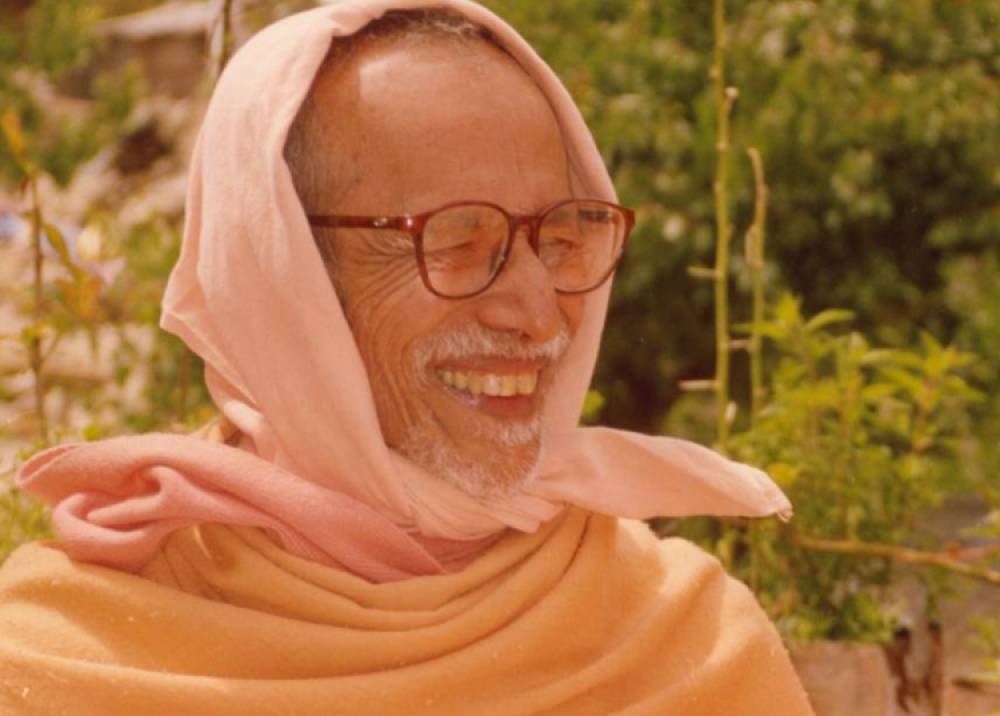
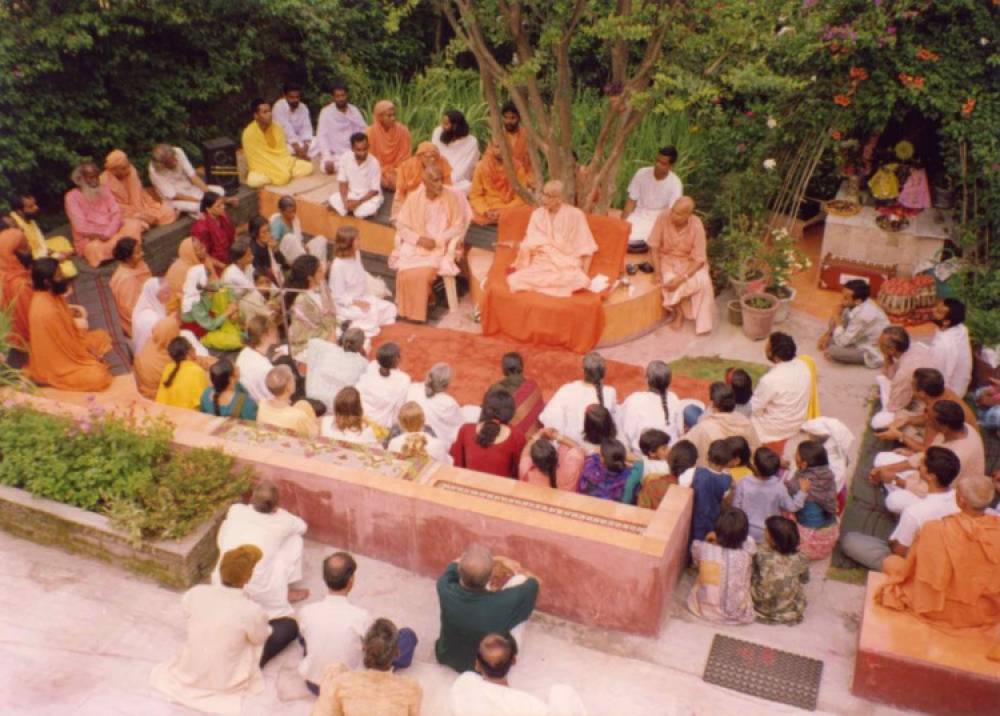

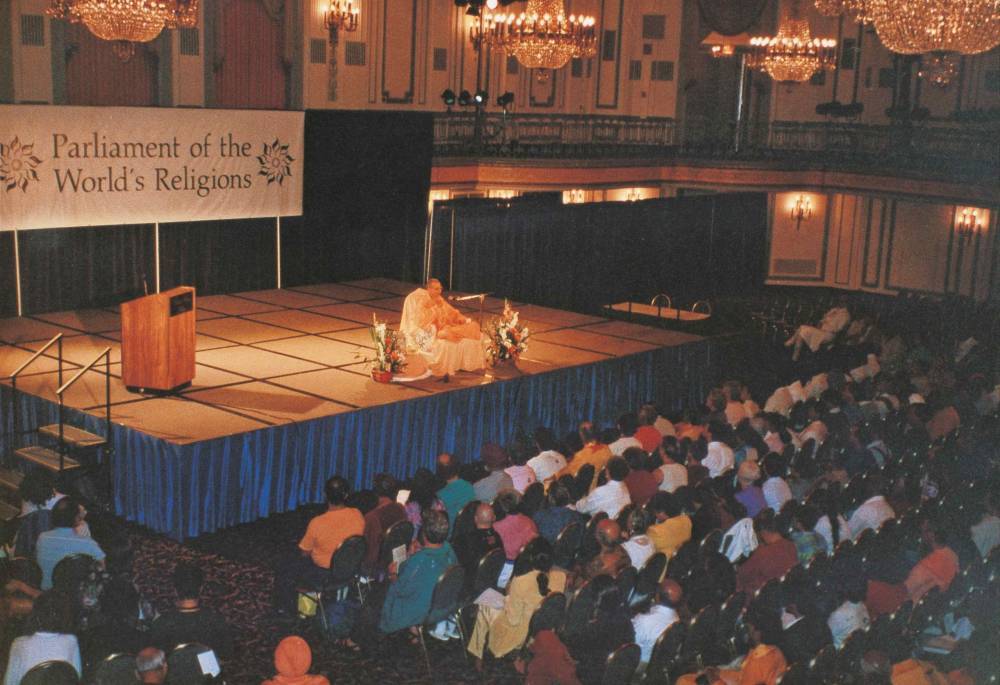
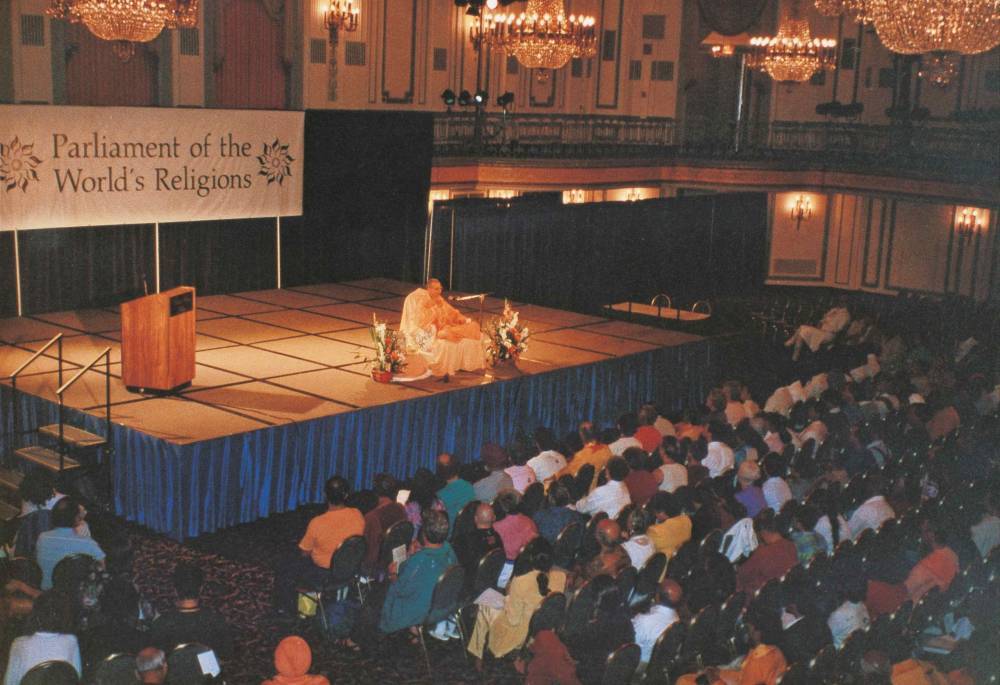
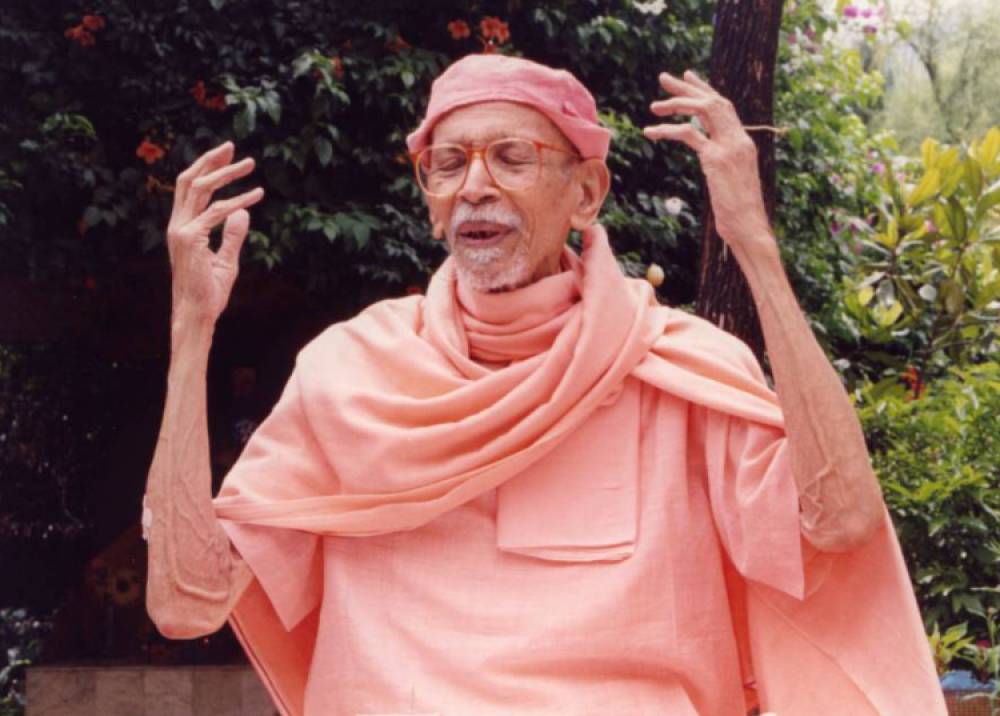

Post Comment
Your email address will not be published. Required fields are marked *
Comments